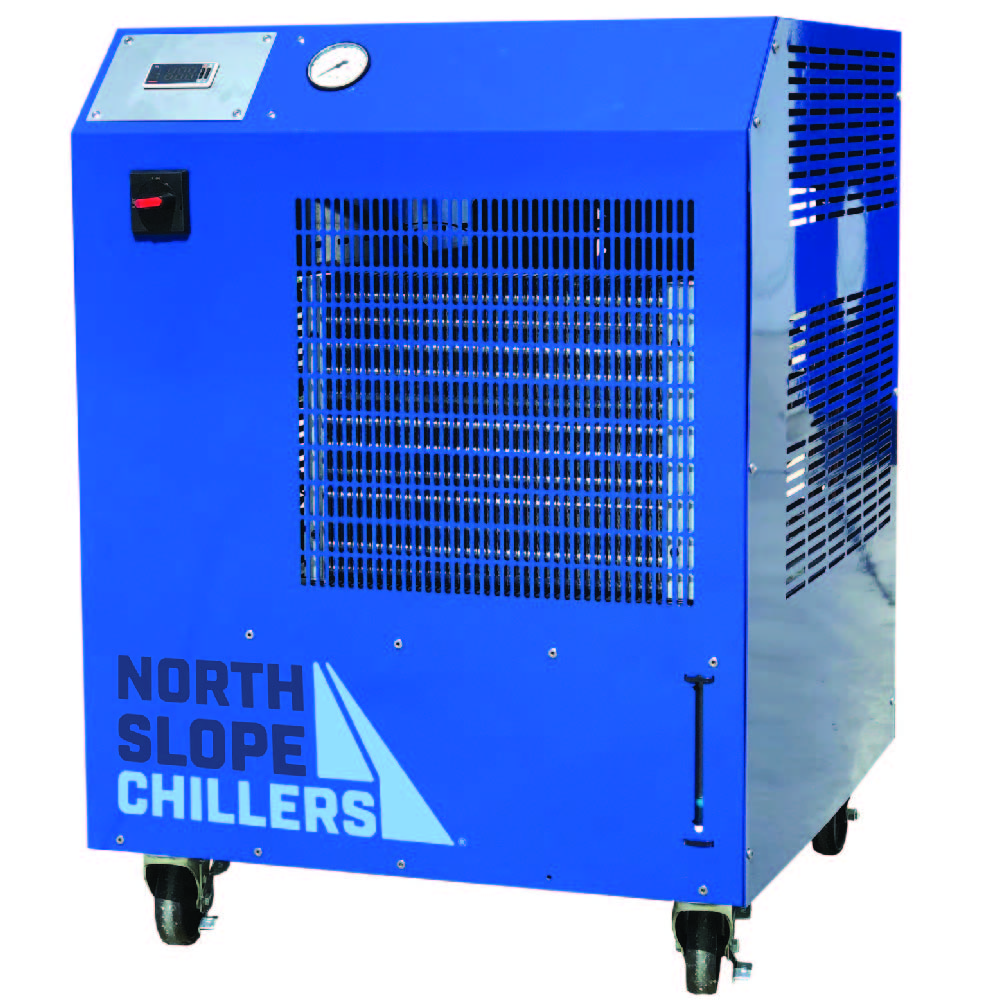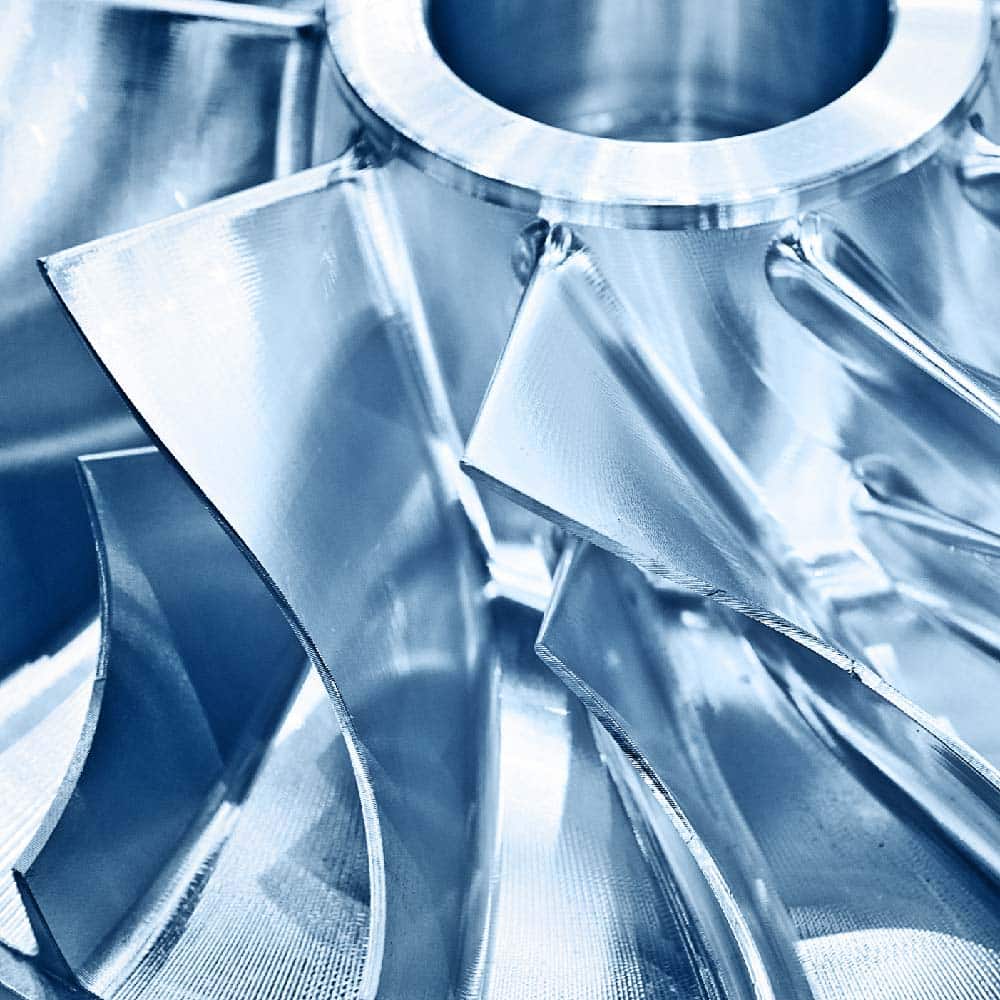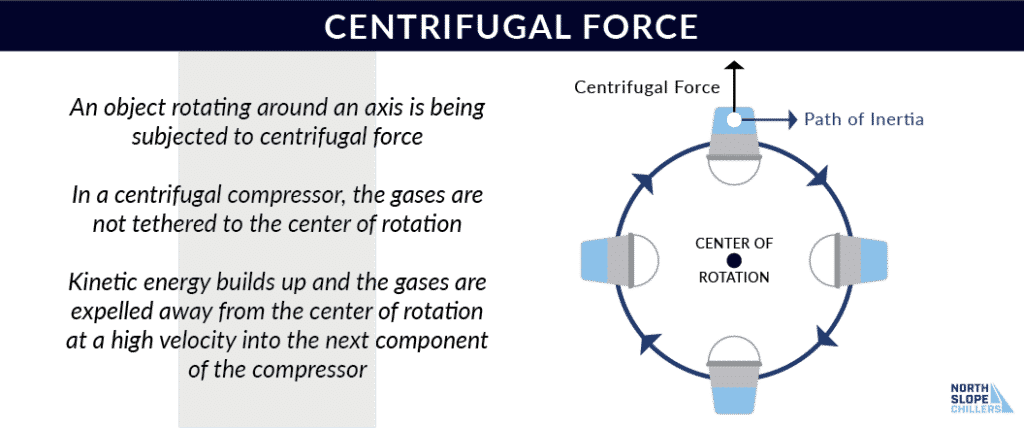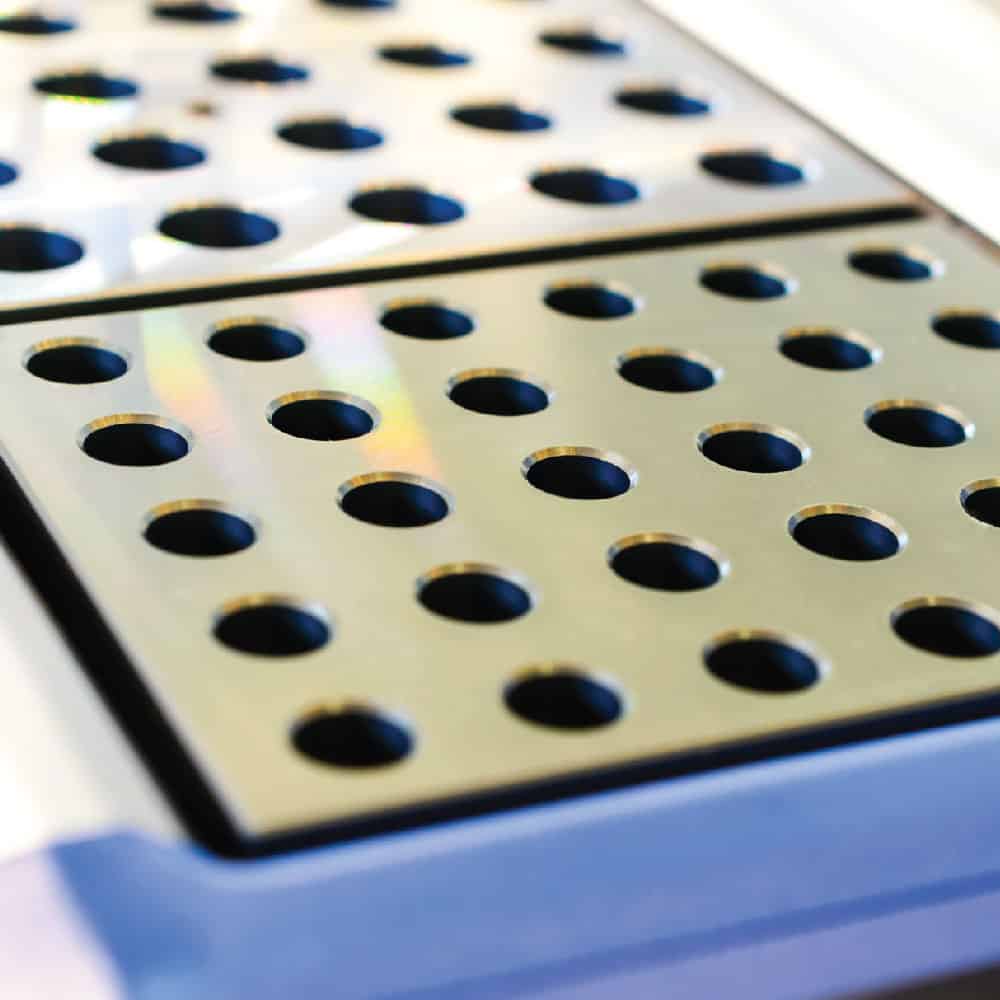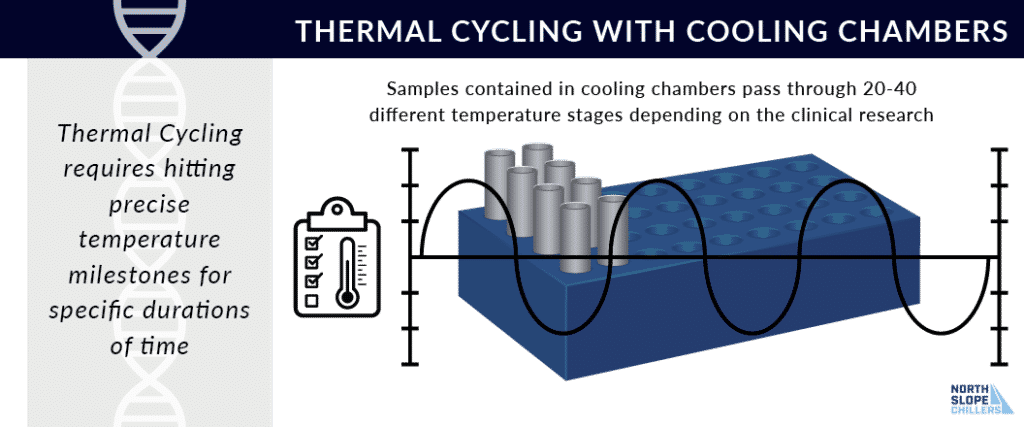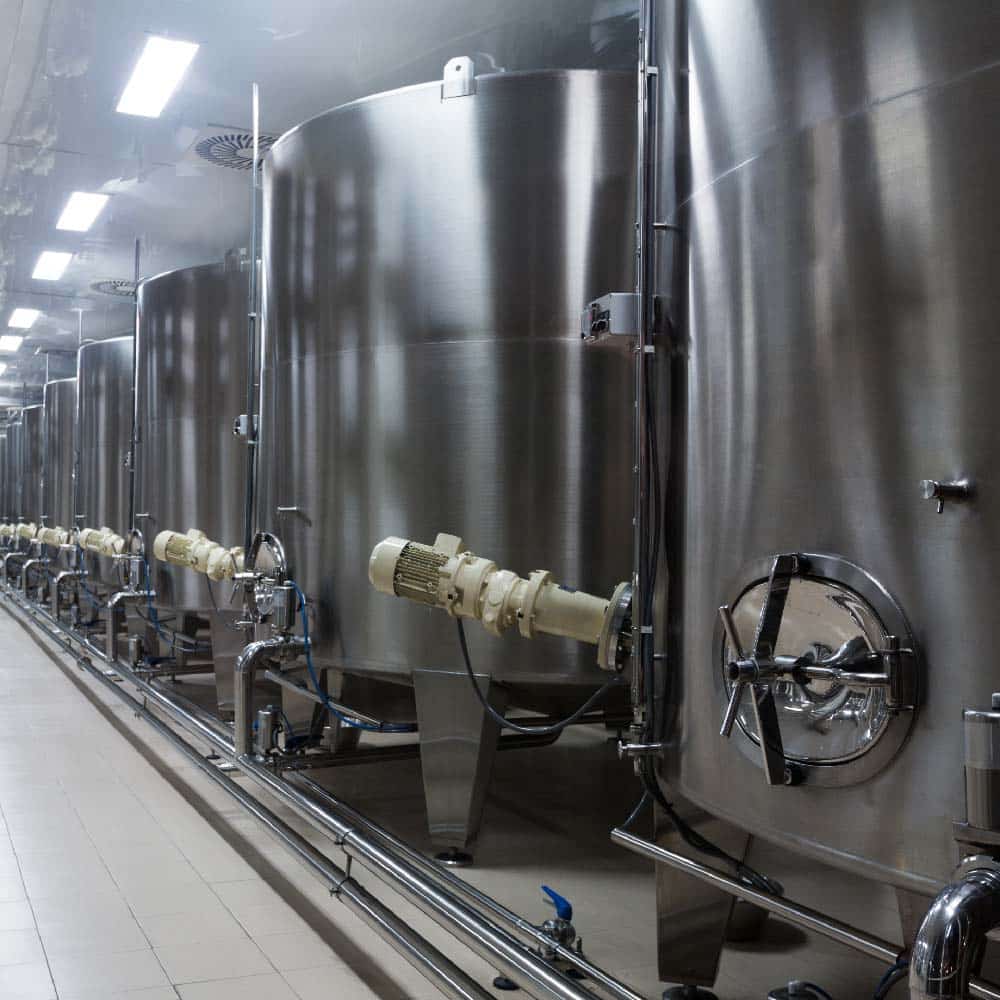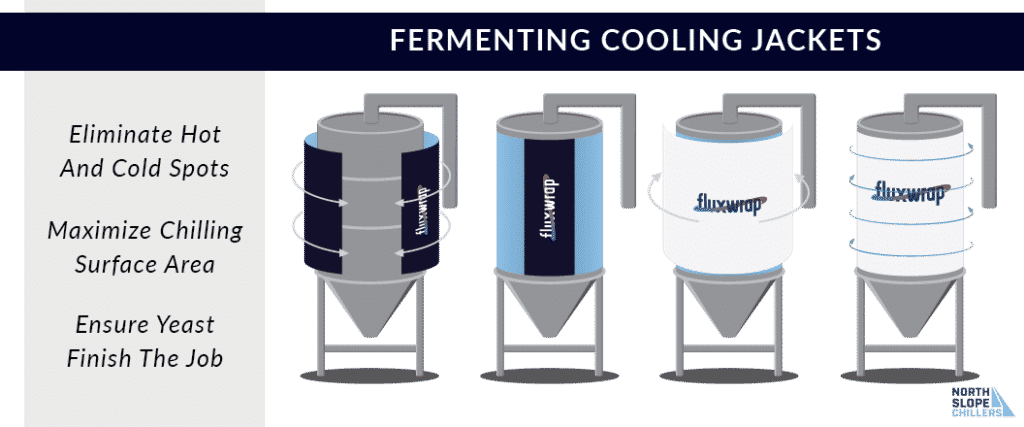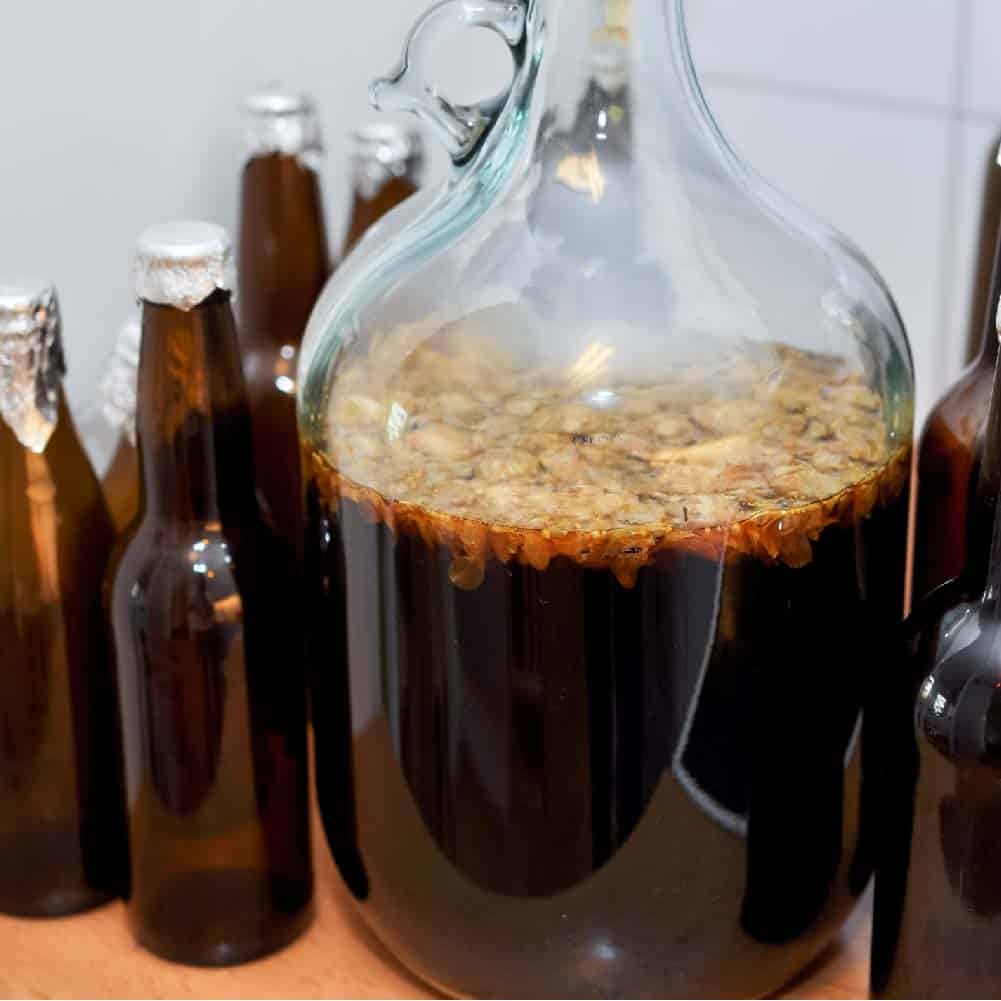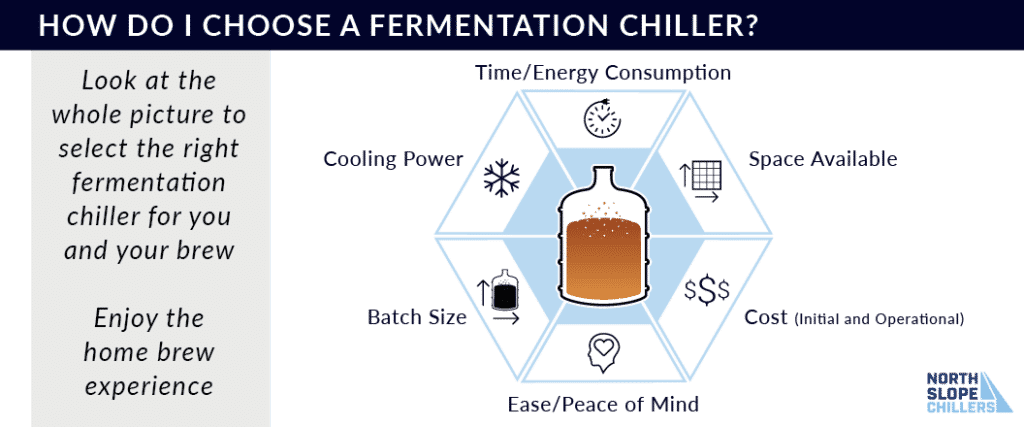Air cooled chillers use the refrigeration cycle to produce chilled fluid, typically water or a mix of water and glycol. This chilled fluid is then capable of removing heat from machinery, food, or other equipment and continuously run back through the chiller.
Air Cooled vs. Water Cooled Chillers
Air cooled and water cooled chillers have many things in common. They both belong to the same vapor compression chilling family, and they both use an electronically driven mechanical compressor to force refrigerant around the system. In fact the majority of their components are the same. The main difference between the 2 is how unwanted heat is ejected from the system. Water cooled chillers pump water through a sealed condenser and disperse it through a cooling tower. Air cooled chillers use fans to force cool air across the condenser.
A water cooled chiller’s cooling tower and pump take up more space than the fans in an air cooled chiller. Because of this main component difference, air cooled chillers have a more compact footprint. Cooling towers are also more expensive to maintain, making air cooled chillers the clear lower maintenance option. In general, air cooled chillers have significantly lower upfront costs as well.
Components of Air Cooled Chillers
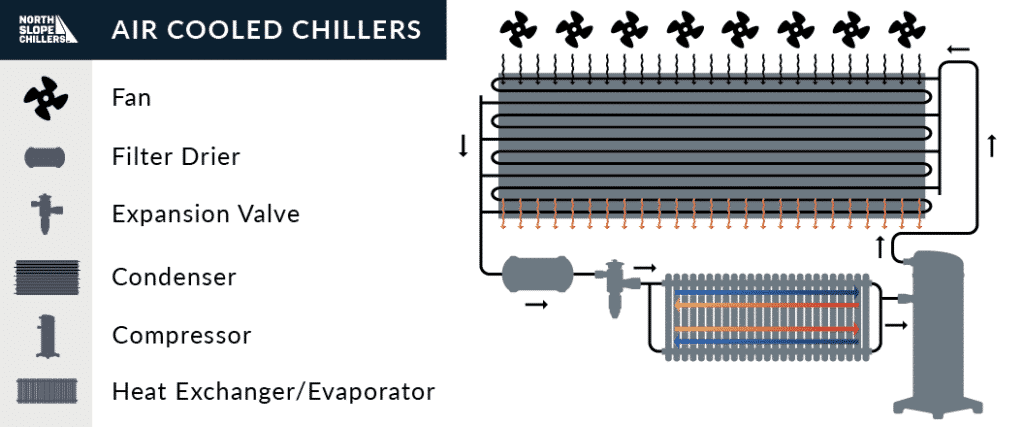
Compressor
The compressor provides the driving force for moving the refrigerant around the system. There are four main types of compressors. Three of them (screw, scroll, and reciprocating) use positive displacement to create pressure, and the fourth (centrifugal) creates pressure with centrifugal force.
Condenser
The condenser is a configuration of horizontal pipes through which hot refrigerant runs. Air is moved across the condenser to dissipate unwanted heat.
Condenser Fans
These fans represent the main difference between air cooled and water cooled chillers. As they move air across the condenser, unwanted heat is removed from the system so the cycle can start all over again.
Expansion Valve
The expansion valve expands the refrigerant from liquid form to gaseous form before it enters the evaporator.
Evaporator/Heat Exchanger
In the evaporator, chilled water is created when unwanted heat is drawn into the refrigerant before it is fed into the condenser.
Filter Drier
The filter drier protects your chiller by removing unwanted contaminants and moisture from the system. They do get clogged with repeated use and need to be replaced regularly.
Air Cooled Chilling From North Slope Chillers
Air cooled chillers house all of these components in a single space saving cabinet that is easily incorporated into any operation. Air cooled chillers from North Slope Chillers are portable and easy to use no matter the application. Our chillers excel at cooling lasers, welders, food storage containers, lab equipment, printers, EDM, hydroponic reservoirs, plastic injection molds, fermentation tanks, server rooms, oil extraction equipment…the list goes on and on! Contact North Slope Chillers to find the right air cooled chiller for your needs at (866) 826-2993 or [email protected].
